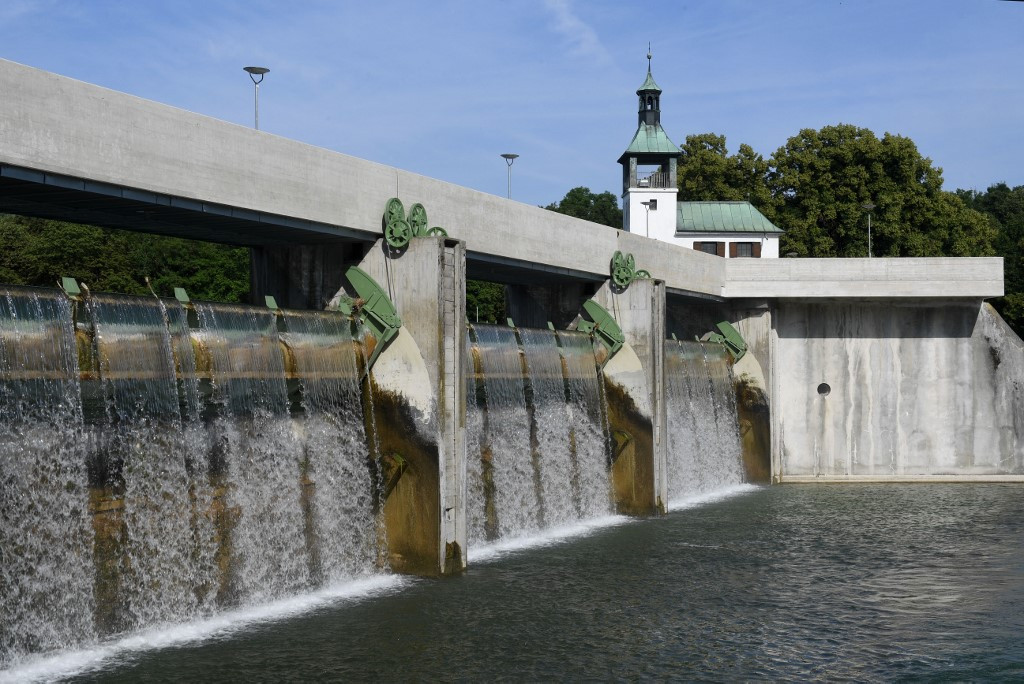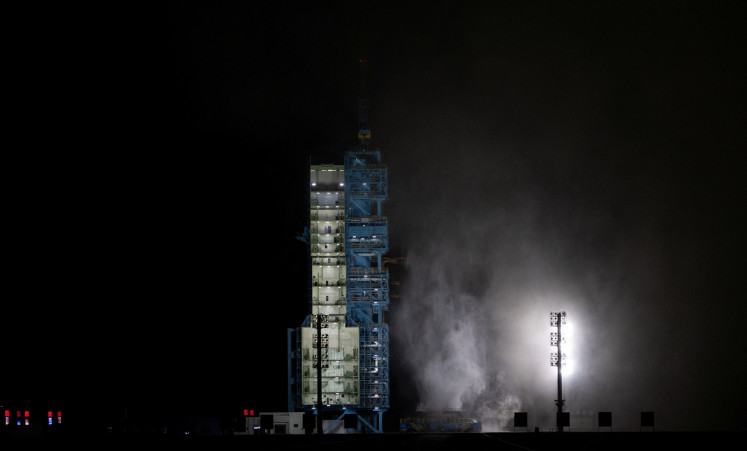Popular Reads
Top Results
Can't find what you're looking for?
View all search resultsPopular Reads
Top Results
Can't find what you're looking for?
View all search resultsWater system of medieval German city gets world heritage status
Change text size
Gift Premium Articles
to Anyone
T
he German city of Augsburg was Saturday granted World Heritage status by UNESCO for its over 800-year-old water management system boasting an aquaduct, water towers, ornate fountains, canals and hundreds of bridges.
The 2,000-year-old city in Bavaria state calls the system which has since the Middle Ages provided clean drinking water and sanitation an "intricate interplay between the innovative spirit and a technical tour de force".
The old town center of Augsburg, located on Germany's Romantic Road, is criss-crossed with canals and boasts over 500 bridges, "more than in Venice", according to the city.
"The history of water in Augsburg is linked to the cultural and artistic wealth of this city," Thomas Weitzel, the city's cultural affairs director, told AFP.
"Augsburg considered water such a precious asset that it has always sought to protect it."
Augsburg's resourceful engineers were European forerunners in damming and redirecting river water, from the Lech, Wertach and Singold streams.
Read also: Australian Aboriginal site gains World Heritage recognition
Water flowed via an aquaduct and into water towers from 1416, making the waterworks at the city's Red Gate "the oldest in Germany and also in central Europe".
The water flowed through hollowed pine logs connected with metal casts to ornamental fountains in the city, including the Mercury and Hercules fountains.
It also entered the city's butchers house, the Stadtmetzg, where the flowing water helped to cool the meat and dispose of the waste.
Later water power was used for industry, with water wheels driving mills and pumping stations as Augsburg became an early center of textile and paper production.
With the Industrial Revolution in the 19th century, the city saw the creation of the first large hydroelectric power plant, at nearby Wolfzahnau.
One of the waterways, the Ice Canal, was designed to keep free floating ice from entering the city, and in 1970 became the world's first artificially created whitewater canoe course, used for the 1972 Olympics.











